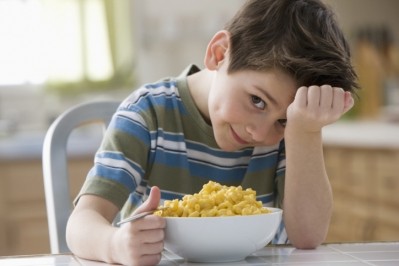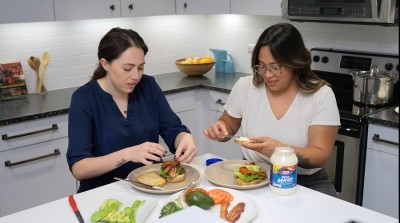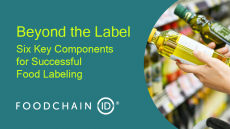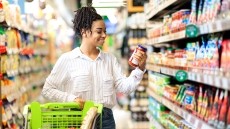Kraft Heinz to cut 20% of virgin plastic by 2030 with three-pronged approach to sustainable packaging

“We're really transforming across our entire business. So, just like we're doing in all other parts of our organization, we're reinventing when it comes to innovation and packaging and sustainability. So, we're continuing to be on the lookout for new innovations and partnerships as we pursue the overarching ESG-related packaging goals, including reaching net-zero emissions by 2050.”
A three-pronged approach to reducing virgin plastic usage
Currently, Kraft Heinz is focusing on three key areas to reduce virgin plastic consumption across several branded products, Roman noted.
She explained, "One is using less virgin plastic and our packaging, two is using more recycled content, and then three is using alternatives to plastic.”
To reduce plastic, Kraft Heinz first looked to “see if there's any opportunity to remove any unneeded plastics,” Roman said. For instance, Kraft Heinz removed the plastic shaker bag from Shake ‘n Bake packaging last year, which "eliminated 900,000 pounds of plastic waste annually,” she added.
To use more recycled material, Kraft Heinz is transitioning its Kraft Real Mayo and Miracle Whip products to packaging made with 100% recycled material. Additionally, the company aims to replace 15% of its US PET rigid plastic packaging portfolio with post-consumer recycled content by 2025.
Kraft Heinz also using more alterantives to plastic, such as replacing Nabob Coffee’s “non-recycled plastic coffee bag with recyclable canisters made from 80% paper fiber from renewable resources this year, and this change is estimated to eliminate about two and a half million plastic bags annually,” Roman said.
Last year, Kraft Heinz also partnered with Pulpex “to develop a paper-based, renewable recyclable bottle made from 100% sustainably sourced wood pulp for Heinz tomato ketchup,” Roman said. Currently, the company is “[testing] prototypes to gain insights, optimize properties ... and characteristics to make sure we're meeting on consumer expectations,” she added.
Sustainability isn’t a one-size-fits-all approach
While Kraft Heinz has already made several product changes to reduce virgin plastic consumption, the company is “forecasting what's to come in the next three to five to 10 years to make sure our solutions are going to be relevant by the time they hit market,” Roman noted. And to do that, the company is “anticipating advancements in technology and the evolution of infrastructure, future regulations and legislation,” she added.
“We try to navigate with strong partnerships externally, so we're really having a seat at the table to understand what changes are coming. And the other part of how we respond to that is we have the best information available with our crystal ball,” Roman said. “But we also have to place our bets in many areas, and that's what we talk about with no one-size-fits-all, and so we might identify and approach one particular package with multiple different solutions to make sure we’re set up for that future that is not defined and carved in stone yet.”
Additionally, Kraft Heinz is taking a holistic approach to these packaging changes and assessing how environmental and social impacts might factor into the packaging, Robins said. And to ensure that the packaging is right, the company evaluates packaging options "through iterative development" and rigorously test them to ensure they meet consumers' expectations, she said.
“We continue to look for new innovations that help us reduce our environmental footprint, as we pursue net zero emissions by 2050. And when it comes to alternative packaging materials, we continue to assess the environmental and social impact on them to make sure that we're making the best decision on our packaging choices.”





















